Maria Theresa of Habsburg was born in Vienna on May 13, 1717, daughter of Emperor Charles VI of Habsburg and Elisabeth Christine of Brunswick-Wolfenbüttel. In 1736 she was given in marriage to Francis Stephen of Lorraine. Their marriage was a happy one and she gave birth to sixteen children.
In 1740 Charles VI died and Maria Theresa ascended to the throne as provided for by the Pragmatic Sanction which established the indivisibility of the domains and the female line of succession to the imperial throne in the absence of male heirs. However, not everyone was convinced of the legitimacy of this act, not even among the allied countries themselves. Maria Theresa was also aware of her limitations which included, among other things, an exhausted army and a struggling economy.
In reality, during her reign she proved to be a great ruler. Also called the "Enlightened Sovereign", in forty years of her reign Maria Theresa of Austria proved to be an exceptional political figure: diplomatic, shrewd and prepared but also a passionate and sensitive woman, she was the Queen of the Great Reforms in the political, economic, commercial, cultural and social fields, making the Empire a modern and competitive State. It is therefore no coincidence that Maria Theresa also earned the title of “Landesmutter”, “Mother of the Country” and, upon her death in 1780, left a great regret among her subjects.
Maria Theresa of Habsburg was the reigning Archduchess of Austria, Apostolic Queen of Hungary, reigning Queen of Bohemia and Croatia and Slovenia, reigning Duchess of Parma and Piacenza, reigning Duchess of Milan and Mantua and also Grand Duchess consort of Tuscany and Empress consort of the Holy Roman Empire as the wife of Francis I, former Duke of Lorraine with the name of Francis III Stephen.
cm. 87x72.5
Unframed
















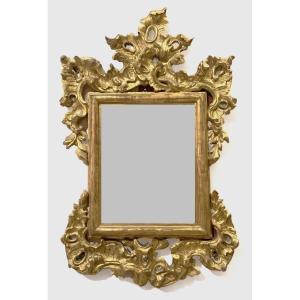
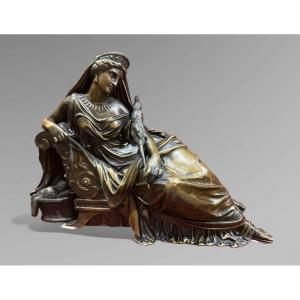


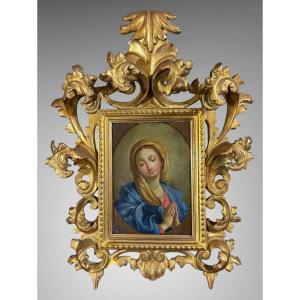
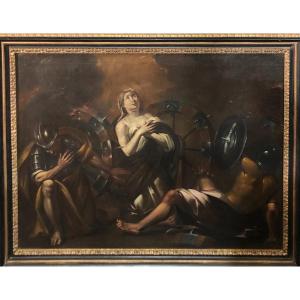


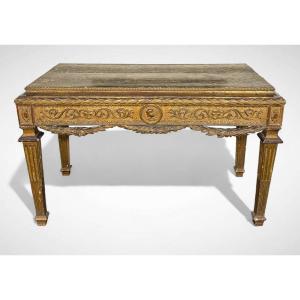




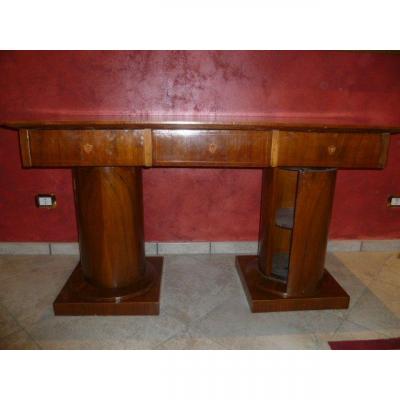


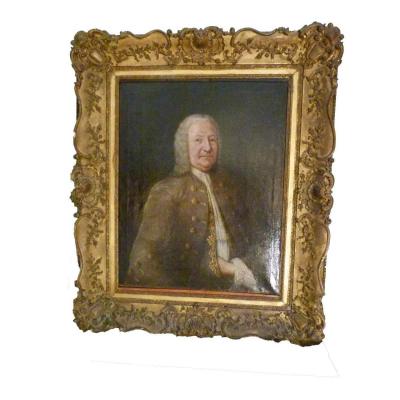

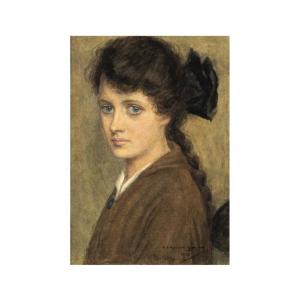



 Le Magazine de PROANTIC
Le Magazine de PROANTIC TRÉSORS Magazine
TRÉSORS Magazine Rivista Artiquariato
Rivista Artiquariato